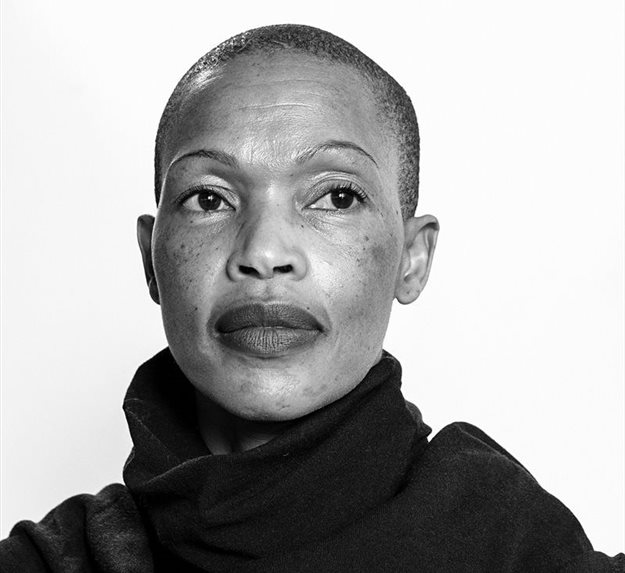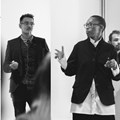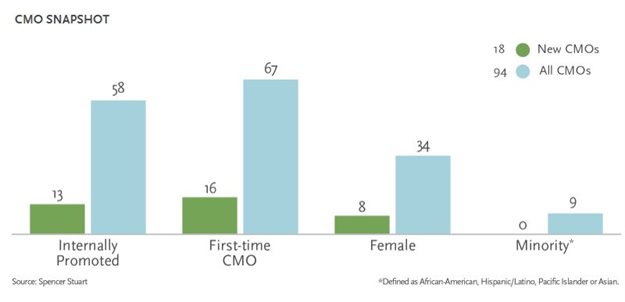Marketing & Media trends
Industry trends
BizTrends Sponsors
Trending
Jobs
- Outdoor Advertising Sales Manager Johannesburg
- Landlord Liaison Officer Johannesburg
#BizTrends2020: Speaking of things yet to come

The CMO as a moving target
According to the third annual edition of Australia’s State of the CMO study, the average tenure across marketing leadership shrunk to 29 months in 2019, from 34 months in 2018 and 35 months in 2017. In the USA, Spencer Stuart reports that the CMO tenure has also shrunk to an average 43 months.
SA may not have a consolidated study in this regard, however a track of marketing appointments reflects the same 'revolving doors' trend. This is not only important to know but also worrisome for several reasons, some of which I expand upon below.
1. The disconnect
If there is a disconnect between what ‘business leadership’ expects and what ‘marketing delivers’, then a strain in the relationship can be expected.
Where there is no acceptance that ‘the business is the brand and that the brand is the business’, it is easy to make superficial separations of roles about what business focusses on - and have the brand-build agenda tossed over to marketing.
As we know, brand building is a discipline with cross-divisional undertaking - until CEOs accept their own role in building the brand, and CMOs articulate more clearly the value they add to the ‘bottom line’, this dance and contestation will continue.
Organisations will increasingly awake to the reality that marketing is not about ‘bells and whistles’, but truly the engine that if given room to rev to its full potential, can deliver distinctiveness and a sustainable competitive advantage.
2. The destabilisation
When a CMO leaves a role, it not only destabilises internal functioning but also affects external relations - specifically relations with partner creative and communication agencies. If one departs in the ‘middle’ of a campaign development - often the incumbent will let this run its course as the proverbial ‘horse would have bolted’.
However, if the departure happens at the planning stages of new work/campaigns, this could derail the process – as the incumbent may elect to bring into the fold his/her network of creative partners from times past.As a result, there could be emerging tensions between the ‘old’ crowd and ‘new’ – as well as some destabilisation of relations with the marketing practitioners that the CMO would inherit.
3. The pitch treadmill
New CMO often means an account is put out to pitch, an unfolding which occurs within the fractured nature of pitch-process handling in SA.
Some pitch consultants charge agencies membership fees and then proceed to ‘flood’ them with ‘any’ and ‘all’ RFPs, without undertaking the first-step rigour of segmenting opportunities to match agency type and client culture/need.
Secondly, the pitch process can take anything between 8-20 weeks, during which time brand-building work is often stalled. Where ‘old work’ is allowed to run as the ‘new work’ is introduced, there is a great probability of a mismatch in language and brand promise.
4. Intersectional brand-building
The CMO is not just a cost centre, but the ‘keeper of the flame’. With the evolving focus of the CMO from brand to customer, to culture - it is clear that this role is now an intersectional one.
The emerging requirements are for a person who has multi-cultural competence, is a proponent of problem-based learning, is a collaborator, prioritises experience architecture.
Most importantly, the future-fit CMO solves for brand in ways that not only solve the problem creatively, but also advances commercial opportunity alongside a positive impact on culture. The brand is more than the messaging, increasingly the experience trumps the promise and must not just be positive but aligned to the brand’s stated purpose.Any deviation and contradiction will be punished by today’s consumer, who is more than ever “increasingly powerful and feels disdain for brands”.
The today consumer demands that brands be authentic, be real and be human. The CMO will increasingly be at the forefront of driving the migration from transactional extraction to relationship creation with their target communities.
5. Venus CMO ascending: A work in progress
The above graph presents a US scenario.
Statistics on South Africa’s landscape were not evident, however we can take comfort in knowing that trailblazing brand leaders such as Bulela Mkandawire at Engen, Khensani Nobanda at Nedbank, Nontokozo Madonsela at MMI Holdings, among others, are setting a new tone and crafting a new CMO narrative.



















